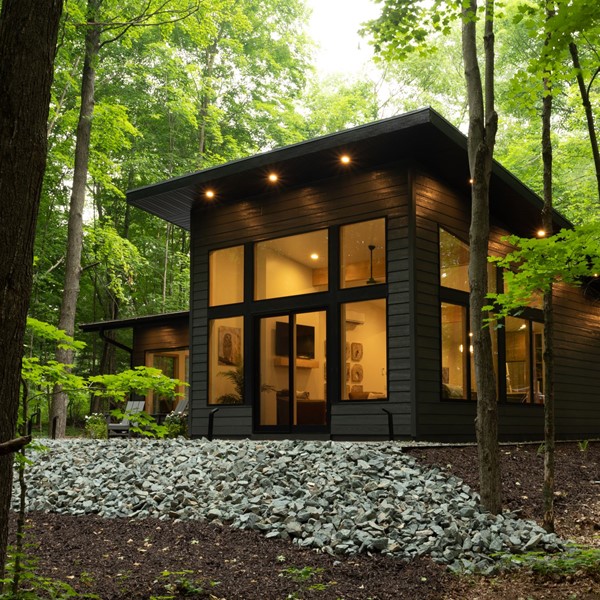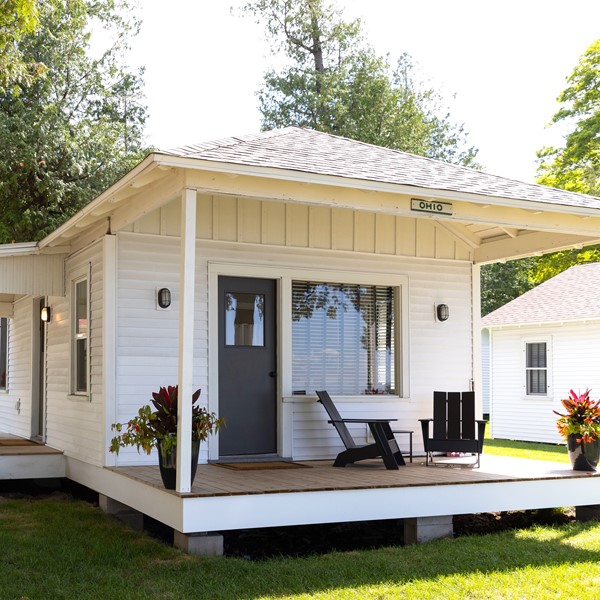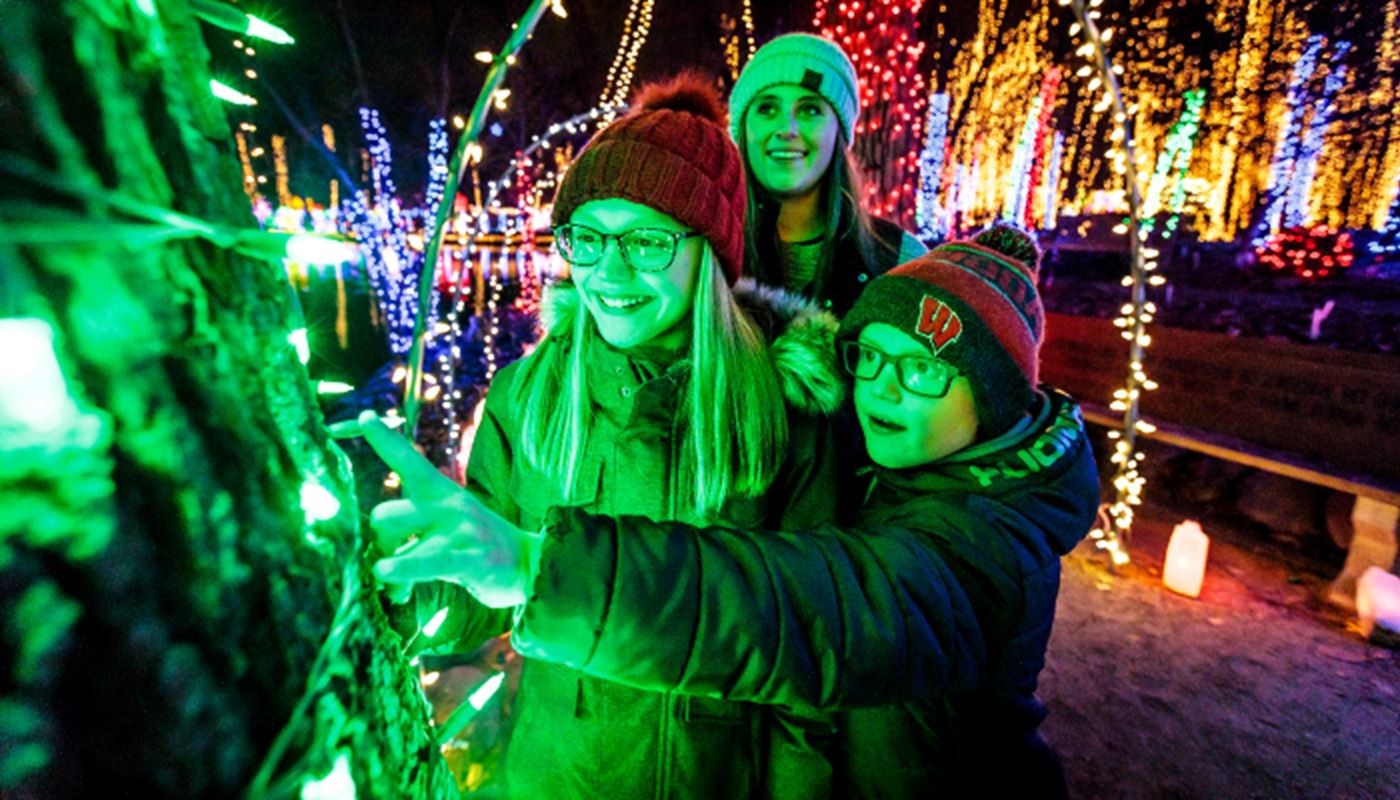
Wisconsin Winter Camping: A Snowy Delight
If you love the peaceful calm of a snow-covered landscape and want to be truly immersed in refreshing nature, winter camping might be the perfect next adventure for you and your crew. Luckily, Wisconsin is full of campgrounds and natural areas that will take your breath away with their natural beauty transformed into sparkling scenery each snowy season. Read on to learn more about winter camping in Wisconsin.
Where to Go for Campsites
Most Wisconsin state parks keep a portion of their sites open for winter campers, some even with electrical hookups to help keep your crew extra warm. Popular areas include the Chequamegon-Nicolet National Forest with its miles of groomed trails and Kettle Moraine State Forest with its rolling hills left over from the Ice Age.
Pattison State Park near Superior is another great option, and here you and your group can see the state’s tallest waterfall – 165-foot Big Manitou Falls – transform into a breathtaking ice sculpture.
And at Door County’s Peninsula State Park, which usually sees all of its 600-plus campsites full in the summer, winter camping offers a chance to experience the popular park in a whole new way.
What to Pack for the Cold
The most important part of winter camping is making sure you and your group are properly prepared for your cold-air adventure. Take time to research cold camping and gather the right gear.
Leave your cotton clothing at home–cotton holds moisture next to the skin and can make you colder if it gets damp. Synthetic fibers, silk and wool will wick moisture away from the body and help keep you warm, even if you are wet. Layering is also critical for warmth and you can always shed a piece of clothing if you get too warm.
You’ll also need an adequate sleeping bag that will keep you warm down to zero degrees Fahrenheit at night and a tent for adequate shelter. A foam sleeping pad to go under your bag that will provide a layer of air (and comfort) between you and the bottom of the tent is another requirement. It’s also good to pitch your tent on several inches of snow, which has better insulation quality than bare ground or rock.
Another good tip is to take a couple of bottles filled with hot water to bed and put one at your feet and the other around your torso. Though they have screw-on caps, it’s recommended to secure them inside a one-gallon Ziplock bag just in case.
What to Eat and How to Cook
When it comes to staying warm, you need to consume a lot of food while camping in winter.
A small cook stove found at your local outfitter or camping store is adequate for preparing grub. Remember never to cook inside a tent, for danger of carbon monoxide poisoning or fire. It’s best to cook outside – out of the wind – and use a foil base so the stove won’t sink into the snow as it heats up. Finally, winter campers should drink plenty of water to stay adequately hydrated, but shy away from eating snow because it will cool you down too much.
Once your preparations are complete, you and your crew are ready to experience the magic that is winter camping in Wisconsin.
Looking to enjoy the natural wonder of a Wisconsin winter without the tent? Explore these one-of-a-kind cabins and lodgings throughout the state.
Deals










